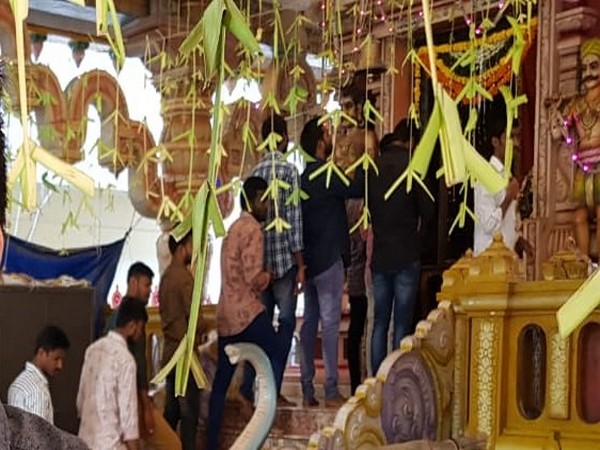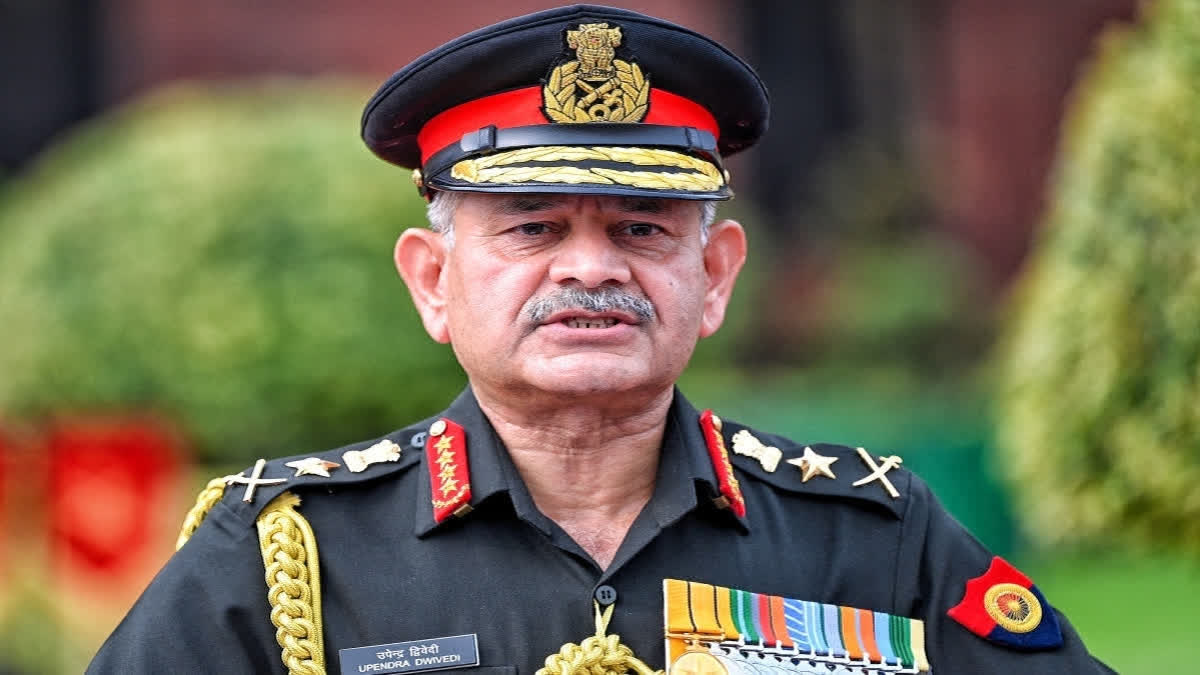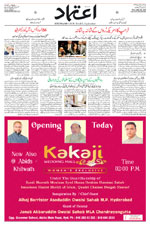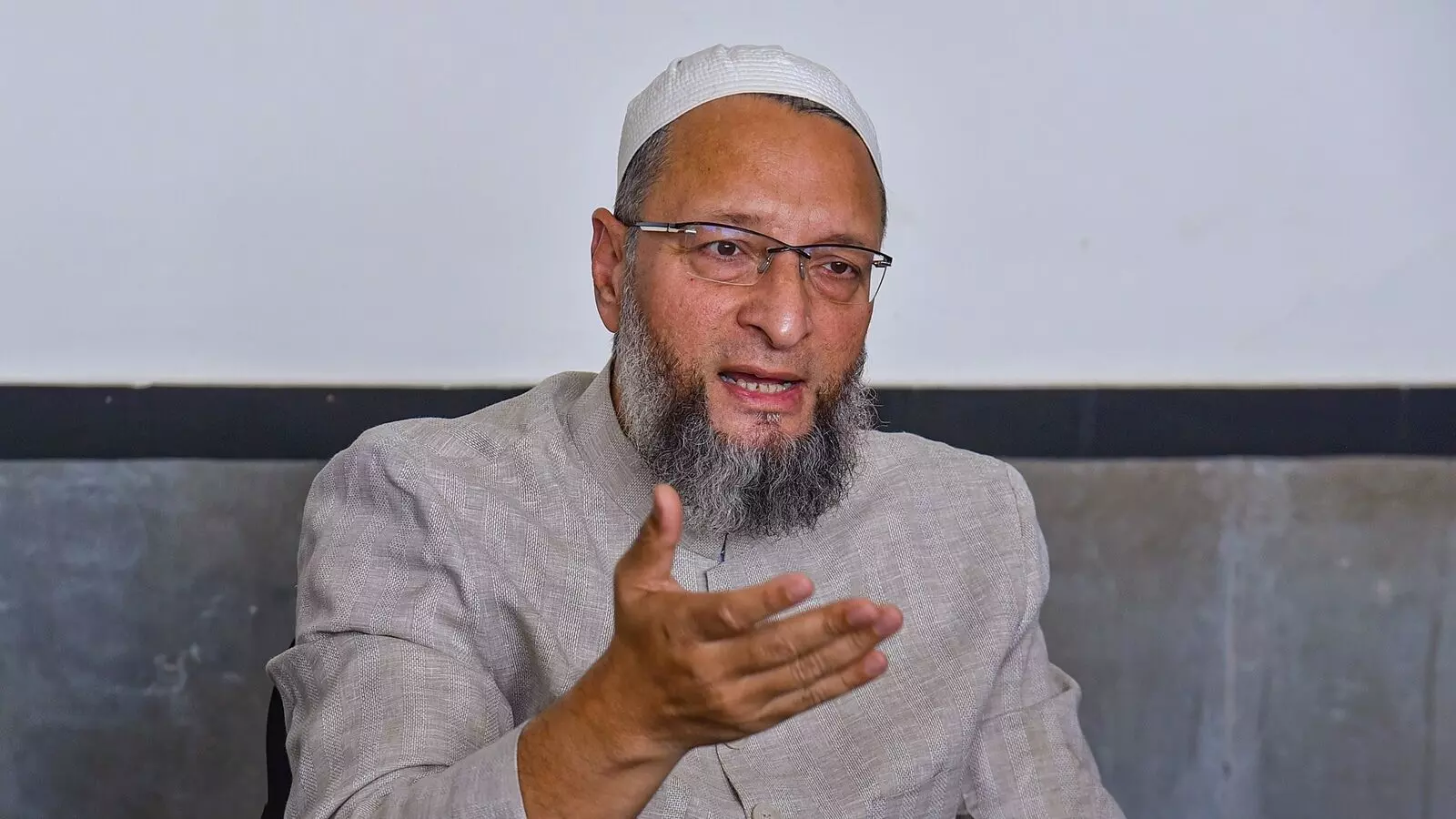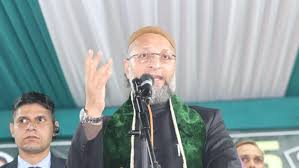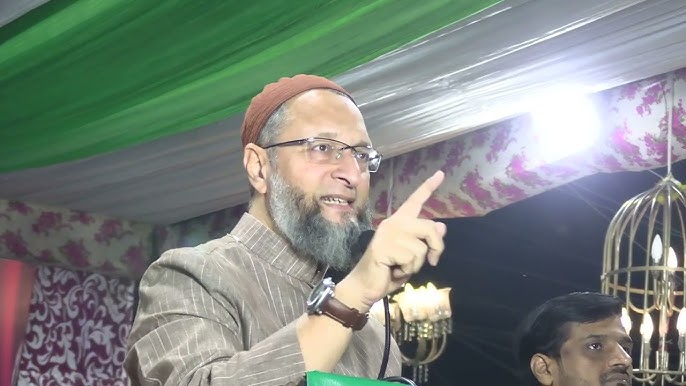Rajasthan drama decoded: Pilot’s backers wealthier but electorally weaker
Wed 29 Jul 2020, 17:02:23
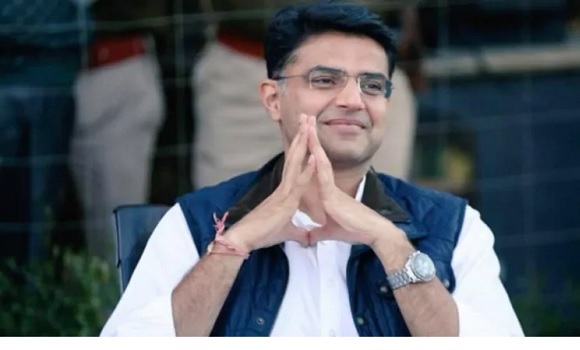
Over the past few decades, Indian politics have increasingly become a club of the wealthy. Richer you are, the greater are your electoral prospects. But the link between wealth and power is not always straightforward and linear. The ongoing power play in Rajasthan is a case in point.
The 18 legislators backing the former Rajasthan deputy chief minister Sachin Pilot are, on average, significantly richer than the MLAs (Members of Legislative Assembly) backing chief minister Ashok Gehlot. They are also wealthier than the average MLA in the current Rajasthan assembly. Yet, their ability to win elections doesn’t quite match their wealth.
The electoral clout of the rebel MLAs matter as it provides an indication of the leverage Sachin Pilot enjoys as he negotiates with the Congress and its key rival, the Bharatiya Janata Party (BJP). In case Rajasthan sees a repeat of what happened in Karnataka (where 17 rebel MLAs who joined BJP had to stand for re-election), the ability to get reelected becomes a key factor in the power equation.
Congress MLAs in Rajasthan are on average richer than those of the BJP. The median MLA belonging to the Gehlot camp is 21% wealthier than the median BJP MLA. The Pilot camp is even more wealthier, with the median MLA 29% wealthier than the median MLA of the 81 member-strong Gehlot camp.
However, when it comes to electoral performance, the Pilot faction is relatively weaker. Both the median vote margin and the median vote share of the Pilot faction are at least 2 percentage points lower than the Gehlot faction. 13 of the 18 MLAs who support Pilot faction won the 2018 assembly elections by a single-digit margin. More importantly, three of four MLAs in Pilot’s camp are first-time legislators, and thus have limited electoral experience.
Most assembly segments that Pilot’s MLAs represent also performed poorly during the 2019 Lok Sabha elections, the most recent electoral contest the region saw. While performance in Lok Sabha elections depends on a broad range of factors, the clout of the incumbent MLA does play a role in influencing voter choice. On that metric, most rebel MLAs don’t score too well.
To be sure, most Congress MLAs saw vote shares decline in the Lok Sabha elections in their respective assembly segments. The median MLA belonging to the Pilot camp saw vote-share erosion of 9 percentage points between 2018 and 2019 while the median MLA belonging to the Gehlot camp saw vote-share erosion of 12 percentage points over the same
period.
period.
Most MLAs belonging to the Pilot camp would likely depend on the backing of parties to win reelection, in case of a fresh contest. Four of 18 MLAs supporting Pilot have a vote share of above 50%. Two among them lead the charts across parties. But they are the exceptions in an otherwise weaker group.
In the skirmish of recognitions notwithstanding, different elements matter past execution. Factors, for example, youth, clean picture, instructive achievements can now and then be utilized against all the more impressive adversaries in such challenges. Yet, on every one of these elements, the Gehlot group outscores the Pilot group.
Despite the fact that Pilot himself came to noticeable quality as one of the youthful turks of the Congress, his group has a littler portion of youthful MLAs contrasted with the Gehlot group. The portion of beneath 40 MLAs in the two gatherings is generally the equivalent. In any case, the Gehlot camp has a higher portion of those in the 40-55 age gathering. The biggest associate in the Pilot camp has a place with the 55-70 age gathering.
A higher portion of MLAs in the Gehlot camp are graduates contrasted with the Pilot camp. Additionally, a lesser portion of the Gehlot group have at least 3 criminal cases when contrasted with the Pilot camp.
It is unclear as yet whether Pilot will find a suitable compromise within the Congress, crossover to the BJP, or build a regional front of his own. None of the options will be easy though. The acrimonious fight with Gehlot means that the Pilot faction MLAs are not going to be the favourites of the current administration. A switch to the BJP might involve re-elections, an outcome that all MLAs may not be comfortable with. The third option may work in the long term but there are near term challenges.
Pilot has assembled a group of MLAs that represent all the major caste groups in the state. Key leaders from each of these major groups such as Bhanwarlal Sharma (Brahmin), Ramesh Chand Meena (Meena), Gajendra Singh Shaktawat (Rajput), and Vishvendra Singh and Brijendra Singh Ola (Jat) have won elections even when their party had performed poorly. But the majority of the MLAs are new. Besides, 16 of the 18 MLAs in his camp are from eastern Rajasthan, which Pilot also represents. If these leaders leave the party, Congress may experience a setback in the eastern belt. But it also implies that Pilot’s faction will have to work harder in other parts of the state if they were to launch their own party to become a viable regional party of Rajasthan.
No Comments For This Post, Be first to write a Comment.
Most viewed from National
Most viewed from World
AIMIM News
Delhi Assembly polls: Owaisi leads Padyatra in Okhla
Feb 01, 2025
We reject this Waqf Amendment Bill: Asaduddin Owaisi
Jan 30, 2025
Latest Urdu News
Most Viewed
May 26, 2020
Which team will win the ICC Men's Champions Trophy 2025 held in Pakistan/Dubai?
Latest Videos View All
Like Us
Home
About Us
Advertise With Us
All Polls
Epaper Archives
Privacy Policy
Contact Us
Download Etemaad App
© 2025 Etemaad Daily News, All Rights Reserved.

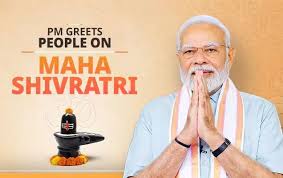
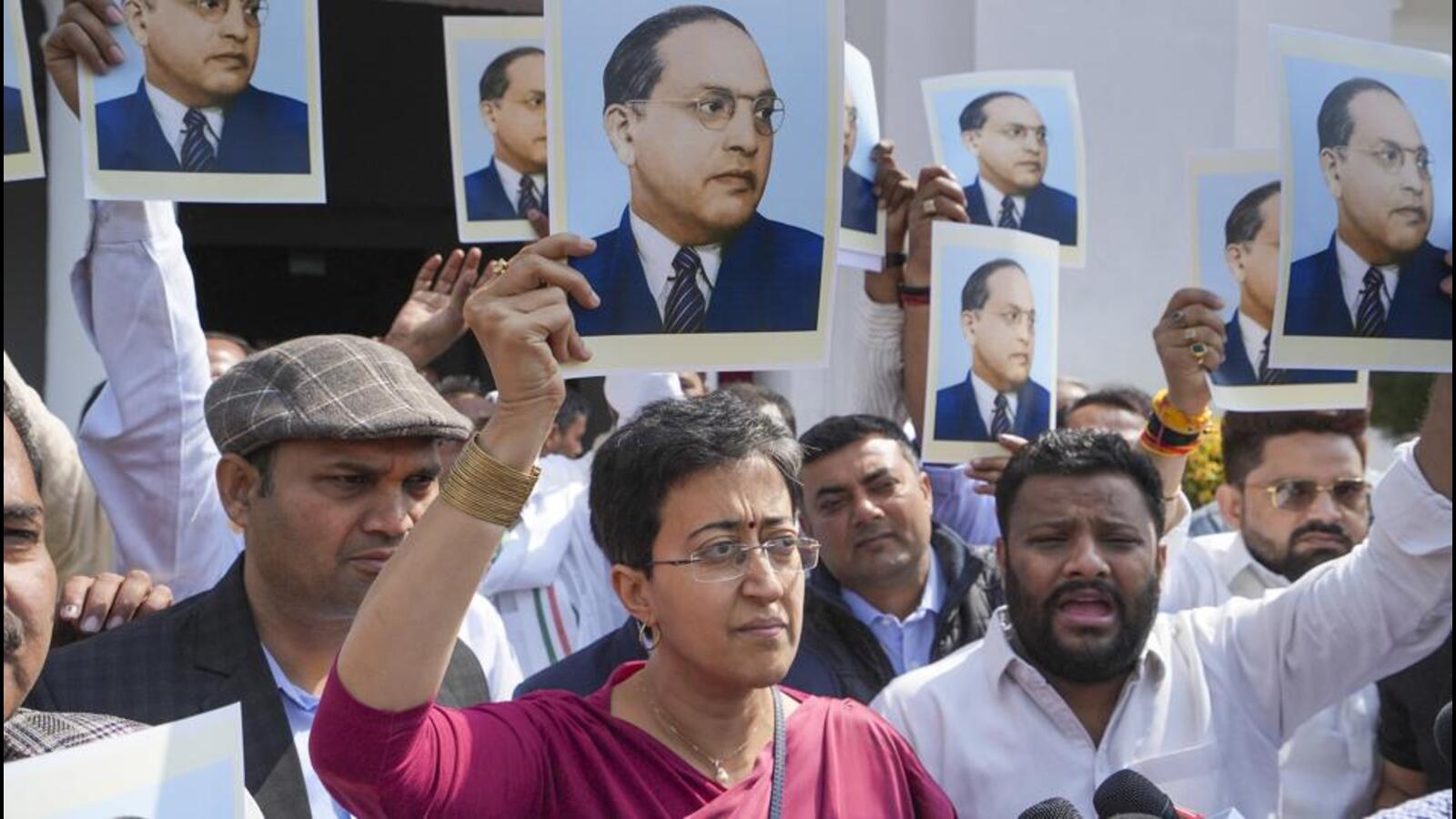
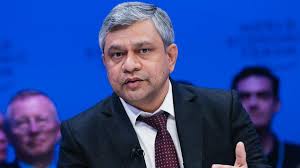

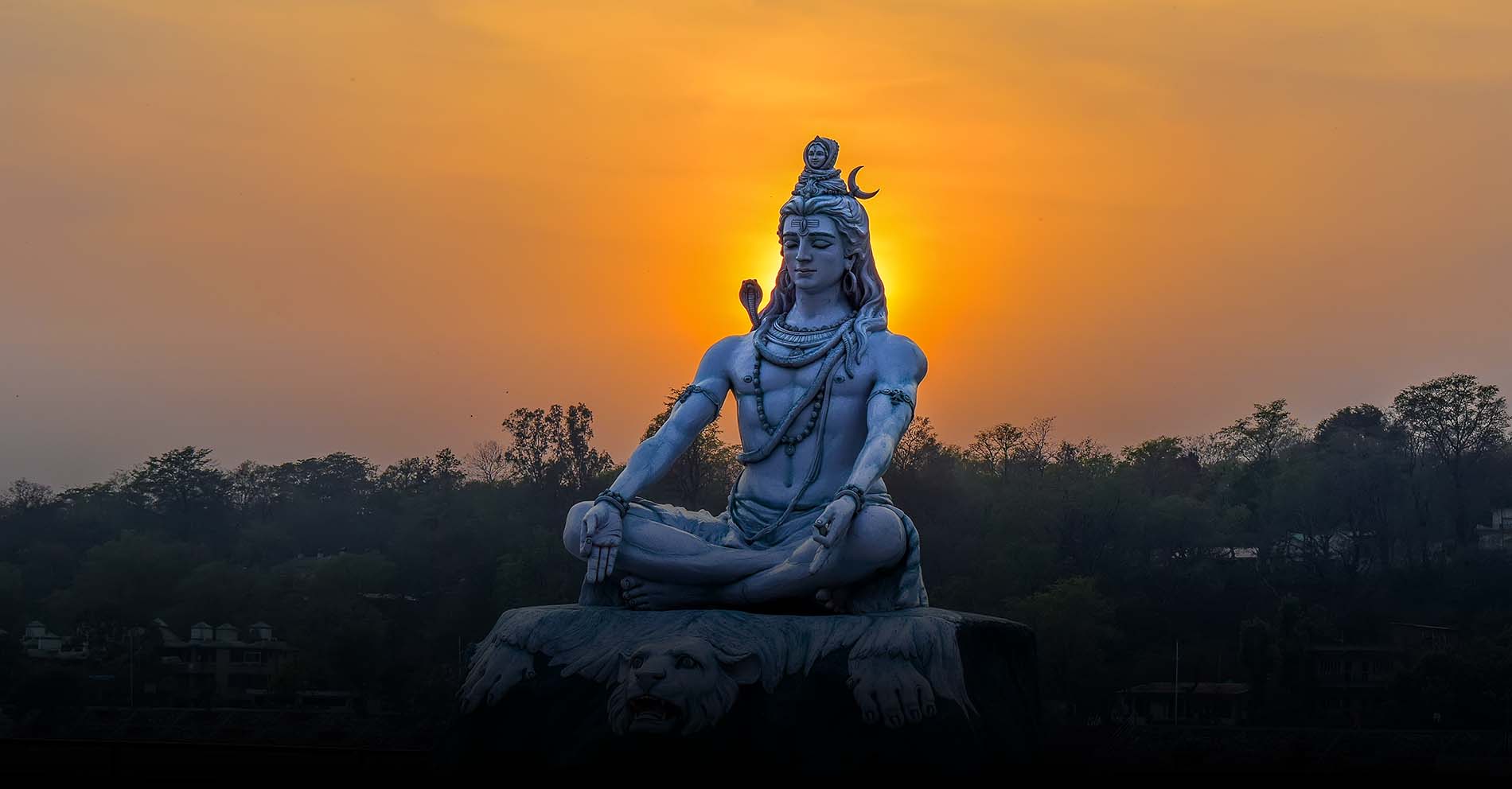
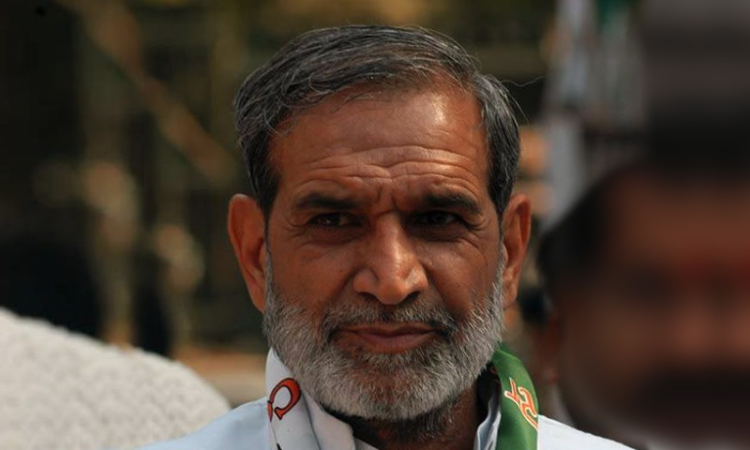

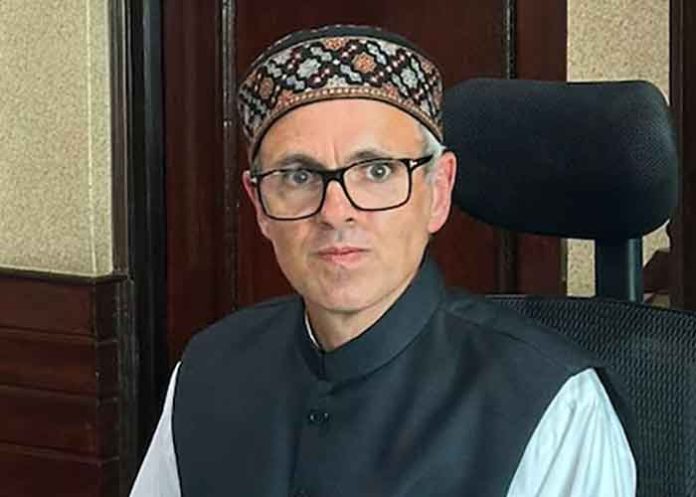

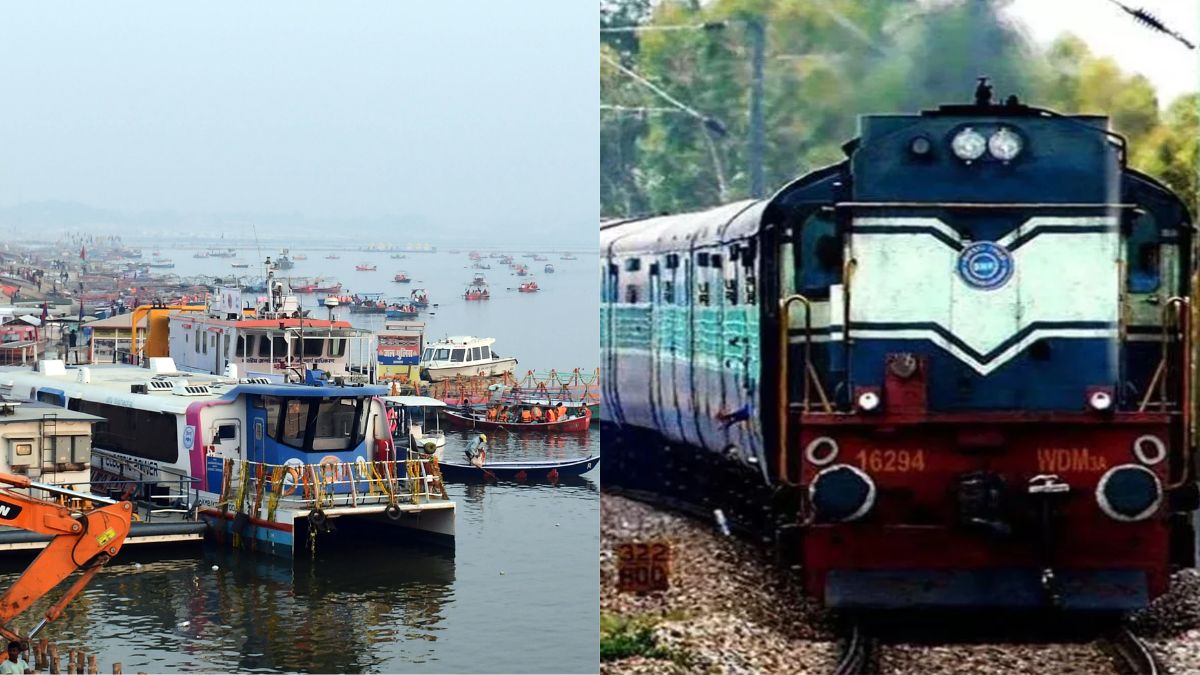

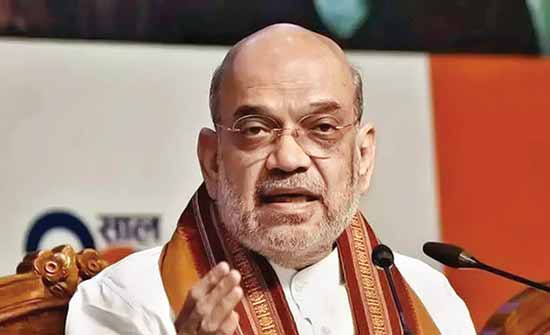
.jpg)
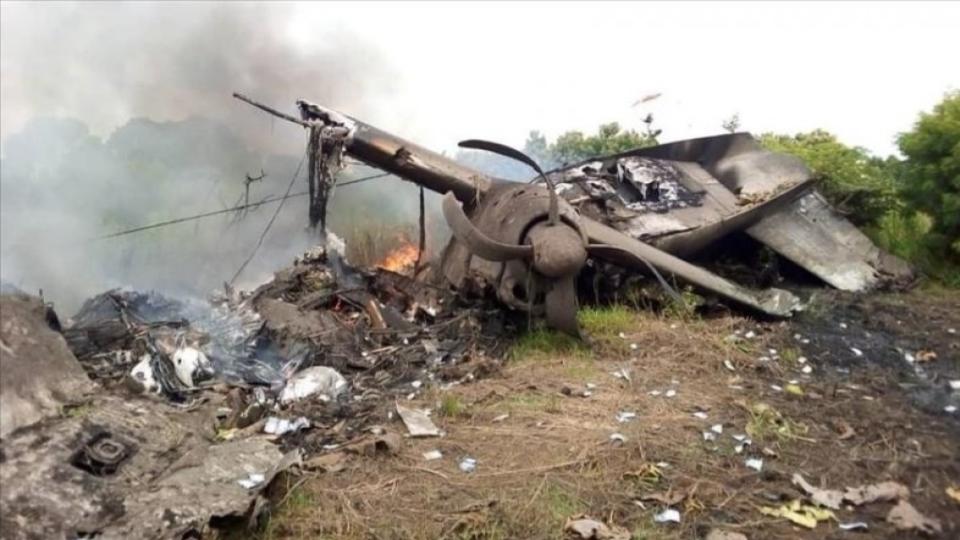
.jpg)
.jpg)
.jpg)
.jpg)
.jpg)
.jpg)
.jpg)
.jpg)
